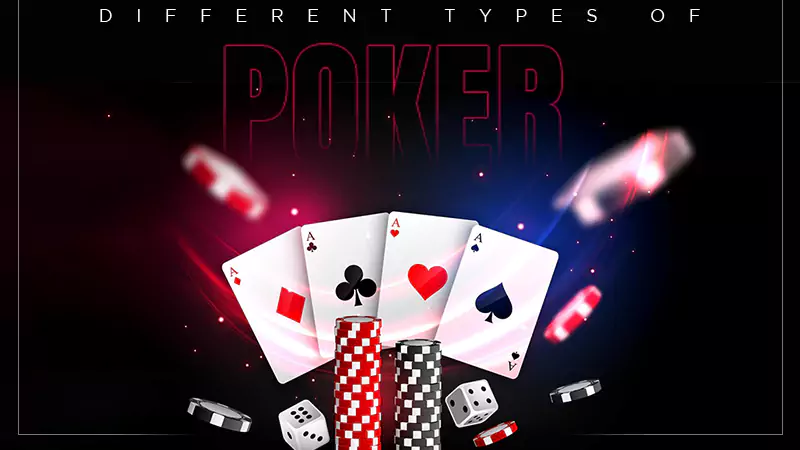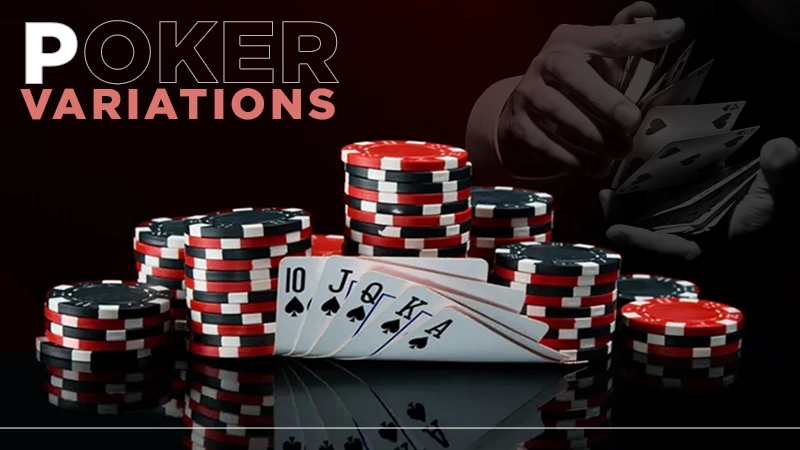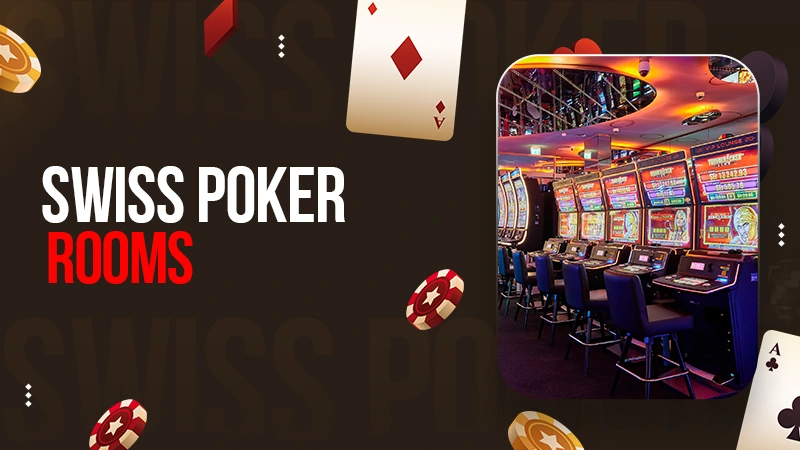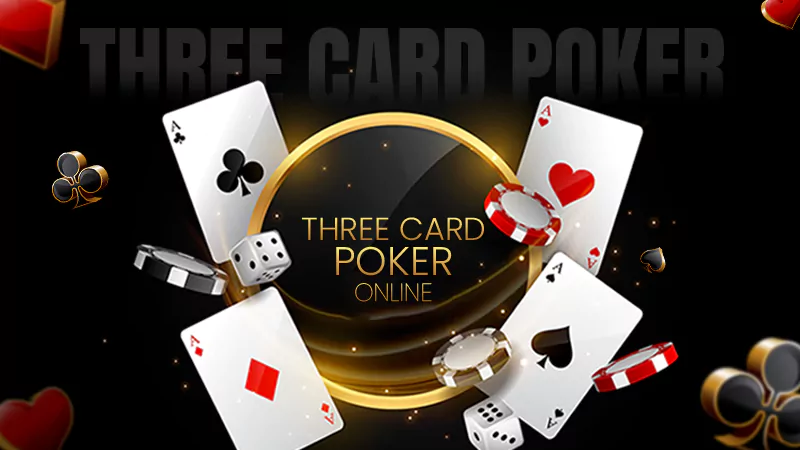Poker is a very interesting game with so many variations. The person who distributes the cards and oversees the actions of the other players is called a poker dealer. But to become an expert in poker dealing, one should first get to know how to deal in poker, then focus on developing the skills and practice a lot. The popularity of the game can be estimated from the huge number of tweets made with #poker.
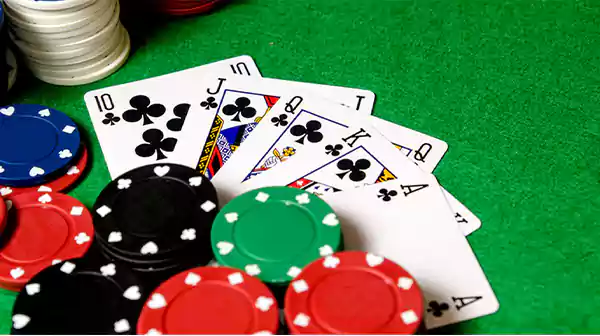
It’s giving first day 3 of the #WSOP vibes.
— Maria Ho (@MariaHo) June 29, 2023
(I ended up busting in 18th and wasn’t going to post, but then remembered my mantra of celebrating small wins this summer.) #poker pic.twitter.com/lLO7aWS95T
In this article, we will discuss the learning process of poker dealing, adapting the characteristics of a pro player, dealing with Texas Hold’em, and others so that you can be a great poker dealer and player.
4 Simple Ways to Deal Poker
Many times, poker lovers are in trouble with the problem of how to deal poker cards. Although the responsibility of a dealer is played by a single person, as a dedicated poker player, you should also be aware of the basic structure of the game and know the rules of poker dealing.
You can be a little lenient in the home game, but in professional poker, you have to stick to the proper rules and regulations of the gameplay and take note of every minute detail. To learn effective poker dealing, you can take help from the below-mentioned guidelines:
Shuffling the Deck
This is the primary and most important step in the game. It gives randomness to the cards and reduces the possibility of unfair practices in the game. Some prerequisites are to be done before shuffling the cards. They include:
- Wash or spread and mix the cards on the table.
- Scoop the deck together.
- Hold the deck at a particular distance.
- Drop it on the table to get aligned.
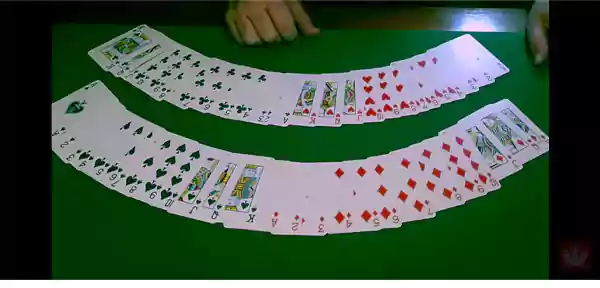
There are numerous techniques of card shuffling, and one of the most famous and common techniques is the two riffles, a box, another riffle, and a cut technique. It is done as follows:
Riffle
This is the process of intermixing the cards, in which the deck is divided into two halves, and then the edges of the cards are placed against each other. Now the cards will be dropped to get mixed properly. Riffling will be done twice.

Box
Now, the first quarter of the deck will be put on the table. Then, the next quarter will be taken and put on the first quarter. The same will be done with the remaining cards. Then, repeat the riffle one more time.
Cut
Now, a player will pick out a cut card, and then the dealer will either take ⅓ from the top or leave ⅓ in the bottom of the deck. After that, the selected part will be placed on top of the cut card, and at last, the remaining part will also be placed over it.
Some other popular card shuffle techniques are strip card shuffle, overhand card shuffle, Hindu card shuffle, pile shuffle, etc.
Note: The dealer is advised to collect antes (mandatory bets in the game) after doing the final ruffle and before cutting the cards.
Card Dealing in Poker
The distribution of the cards is mainly done in the following two ways:
American
In this style, the dealer holds the deck in one hand and then pushes the top card with the thumb toward the other hand. This card is cached by the thumb and middle finger of the other hand and then spun to the players one by one.

European
In this style of dealing, the top of each card is touched to push it onto the table toward each player.
The style can be changed as per the casino’s or players’ preference or the variation of the game that you are playing.
Burning and Turning the Cards
Burning and turning the cards are generally done in community games like Texas Hold’ em. Before starting any betting round, the dealer has to burn or put the first card from the deck into the muck pile so that no player can take advantage of card marking. The burned cards are never disclosed to the players.
After the completion of the flop round, the dealer will burn and reveal another card called the turn card or fourth street. The players will use this card to make their best five-card hand.
Managing and Awarding the Pot
It is the duty of the poker dealer to manage bets and bet sizes during the game. Also, he has to keep track of the pot and ensure the denominations of the chips as per the bet amount.
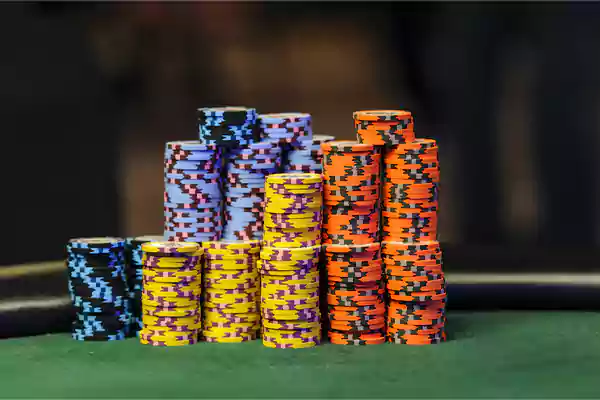
The dealer is also responsible for announcing the winner and pushing the pot toward him at the end of the game after watching the cards of all players and determining the highest hand. This is called the showdown and awarding round.
These are the four basic points that you must know while dealing in poker. Apart from that, various other situations may arise during the game. Also, some rules can be added or eliminated as per the variation of the poker players. A few professional rules of dealing poker are provided below to get a better understanding of the game.
Professional Rules of the Game
The set of rules in poker may get adjusted as per the demands of the game’s version and various other aspects. No matter whether you are in a casino, at home, or playing online at Playnet.fun. Here is an advisory that will not only help you to figure out ‘how to deal in poker?’ but will also make you the master of the game.
Deal to the Immediate Left
As per this rule, the dealer has to give the first card to his immediate left player, and the distribution continues in the clockwise direction. Only one card is given at a time without showing its face.
The distribution process is repeated until each player gets two or five cards, based on the variation of poker played.
Betting Rounds
This rule is equally important to the previous rule of ‘how to deal cards in poker?’ because most of the time, the game is played with betting. Generally, there are two types of bets:
- Antes: These bets are mandatory for all players.
- Blinds: These bets are played only by the two immediate left players of the dealer. Usually, the immediate left player makes a small blind, while the person next to that player makes a large blind.
Note: It is not compulsory in all poker variations to pay both these bets. But any one of them has to be made prior to each hand.
Dealer Button

When played in a casino, the dealer button represents the person who will play last during a round. In the home game, it indicates the player who will act as a dealer. After the completion of each hand, the button (a small disc) moves one position to the left every time.
Empty Seats
In poker, some players may bust, and others may get up and leave the game over the rounds. If the player has left the table but has not removed his chips, then he will be treated as an active player. However, the dealer has the authority to fold his cards if the player does not rejoin the game in due time.
Similarly, the busted players can also hold a position on the table, which is called a dead blind.
These were some of the most common rules that are applied to most of the variations and situations during poker dealing and playing that you must be aware of to be an expert in the game.
How to Deal Texas Hold ’em in Poker?
Most of the time, it is found that players get confused between Texas Hold ’em and poker. Let us clear up your doubts. Texas is considered to be the most popular variation of poker. Hence, the terms are used interchangeably.
This game is a classic game in which the poker dealer plays a very crucial role. Here, we are providing a whole guide for your help in understanding the playing process of the game.
Shuffle
It is always mandatory to riffle the deck two times, manually or by automatic shuffler, while dealing cards in poker. Then, cut the cards and riffle them for the third time before starting the deal. The detailed process for shuffling the cards in dealing with poker has already been described previously.
Pre-flop
When all players are left with two cards, the pre-flop round starts. It begins in the clockwise direction from the player who has made the big blind.
- First, the players will either call (match the big blind), raise (bet with 2 times or more of the big blind), or fold or mucking (leave the round by pushing their cards to the center of the table).
- Now, if any of the players choose to raise the big blind, then the big blind player must either match the amount or fold their hand.
- The big blind can automatically win the round if other players select only call or fold during the hand.
After that, the remaining players are moved to the next round, called flop.
Flop
After completion of the pre-flop, the flop round takes place. In this round:
- The dealer will first “burn” the top card on the deck and put it aside without opening the card.
- Then, he will open the next three cards from the deck and place them in the center of the table.
- Now, the player with a small blind will be the first to decide from to call, raise, or fold and will commence the flop.
- In the event that the small blind has already folded in the pre-flop, the player in his immediate left will start the betting round.
- The last player to act in all three rounds will be the person on the dealer’s button.
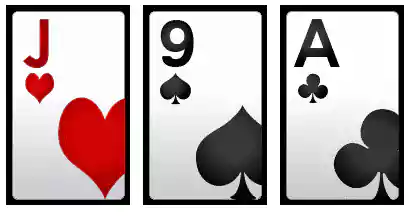
The next betting round begins when the highest raise has been matched by a player or all players have folded to a raise.
Turn and River
After the closing of the flop, turn and river round commenced. In this round:
- Another card will be burned and opened by the dealer. This card will be called a “turn” or “fourth street”. It is placed right of the flop.
- Now, the betting from the flop will start again.
- After this, the dealer will burn and open another card to begin the last betting round. This card will be called “river” or “fifth street”. It is placed right of the turn.
- Now, the final betting round will take place in the game.
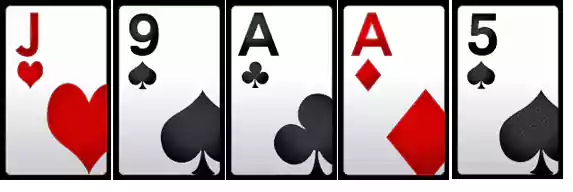
Once, turn and river betting rounds are done, the dealer will conduct the last step to announce the result.
Showdown
At the end of all betting rounds, the dealer will ask all the players to reveal their cards so that the winner can be announced. It goes in this way:
- The person to raise last in the river will be the first to show his cards.
- The process will continue in the clockwise direction.
- After the final hand strength of all the players, the dealer will announce the winning hand and push the pot toward him.
- Once the winner collects the pot, the dealer button and blind will shift one step to their left, and the deck will be shuffled again.
Now, the players are ready with the new hand and new poker deal.
Note: In case of a tie, a split pot known as “chop” is awarded to both winners. The winner nearest to the left of the button gets an extra chip, if there is an odd number of chips in the pot.
Responsibilities of a Poker Dealer
After knowing about how to deal poker, basic roles & functions of the dealer, what is texas hold ‘em and how to deal with it, now it’s time to dive into some additional responsibilities played by the poker dealer. They include the following:
- The dealer will check and announce the amount of the bet if a player has not announced so and the next player wants to know.
- If a player requests to know the amount of the pot, the dealer has to refuse the request.
- The dealer collects all the chips and put them into the pot after the completion of each betting round.
- If the side pot is created in the game, the poker dealer has to distribute the chips equally into both pots.
- The dealer has to make sure that the rules and game ethics are properly followed and that no one is misleading the game.
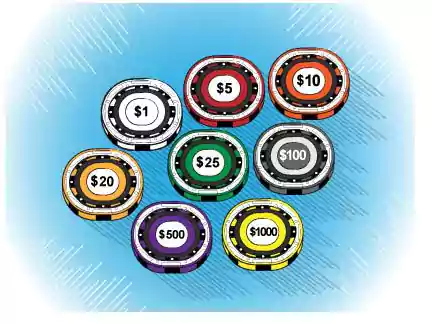
As a dealer, you have to be unbiased throughout the game and should follow your responsibilities without any discrepancy. Apart from that, there are some characteristics given below so that you can be a pro player and dealer of the game.
How to be a Champion in Poker Dealing?
The position of poker dealer is easy but a responsible job. He is considered as the backbone of the game. This designation demands some basic technical skills, like basic math to handle chips and distribute them, communication skills, problem-solving skills, extreme attention, and others.
Some of the common features that you must develop in yourself in order to be a champion poker dealer are described here:
Practice is the Key to Success
It’s a practice that makes you perfect in any field. Similarly, for shuffling and dealing poker cards, and supervising the pot without any error, you need so much practice. This will not only make you efficient but will also pace your speed of dealing with the cards.
Learn the Variations of the Game
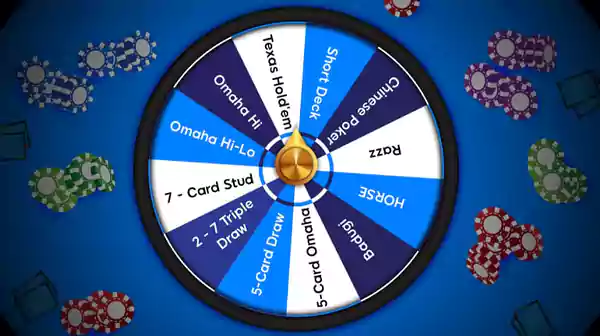
You should be well versed with several of the most commonly played variations of the poker game and their rules. They include Texas Hold’em, Draw, Stud, Strip Poker, and some other games like Baccarat, Blackjack, etc.
Act like a Professional
As a professional, it is expected from the dealer to be calm and polite during the whole game. Sometimes, you may find rude and abusive players, but you should know how to deal with them and handle the situation effectively. You should work on your communication skills and take the responsibility to make the game entertaining and smooth with your positive attitude.
Be Attentive and Focused Throughout the Game
Many times, players try unfair practices like angle shooting to win the game. If any such case is found, the dealer must call the floor, but only after being 100% sure.
Note: Angle shooting is not illegal in poker but is considered an unethical practice. Sometimes, its application can eliminate the player from the game.
So next time, whenever you are playing the role of the poker dealer in the game, you should keep all these points in mind for the smooth running of poker.
FAQs
Ans:The deal always goes in a clockwise direction throughout the game.
Ans:In casinos, there are designated dealers, while in home games, the player at the table takes the turn which is generally indicated by the dealer button.
Ans: Yes, someone can earn up to $100,000 per annum as a poker dealer based on his experience and professionalism.
Ans:No, it is completely based on the willingness of the player. If he does not want to cut the deck, he can simply refuse by putting their palm down on the deck.
Sources:
Also Read:
